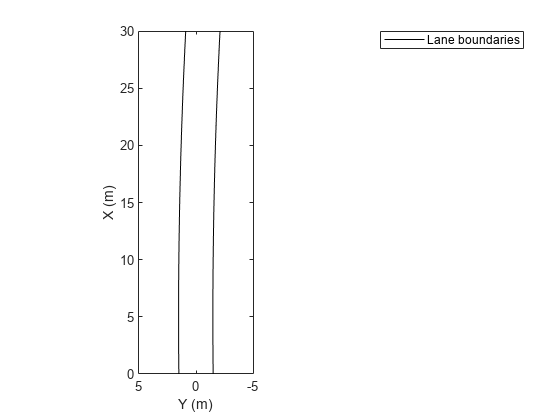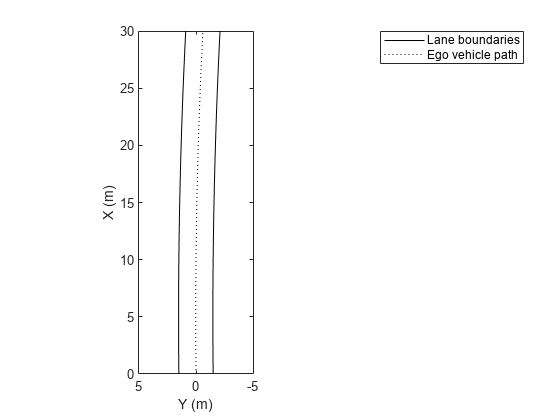pathPlotter
Path plotter for bird's-eye plot
Description
pPlotter = pathPlotter(bep)PathPlotter object that configures the display of actor paths
on a bird's-eye plot. The PathPlotter object is stored in the
Plotters property of the input birdsEyePlot object, bep. To display the paths, use the
plotPath function.
pPlotter = pathPlotter(bep,Name,Value)Name,Value pair arguments. For
example, pathPlotter(bep,'DisplayName','Actor paths') sets the display
name that appears in the bird's-eye-plot legend.
Examples
Input Arguments
Name-Value Arguments
Output Arguments
Version History
Introduced in R2017a
See Also
birdsEyePlot | plotPath | findPlotter | clearData | clearPlotterData

